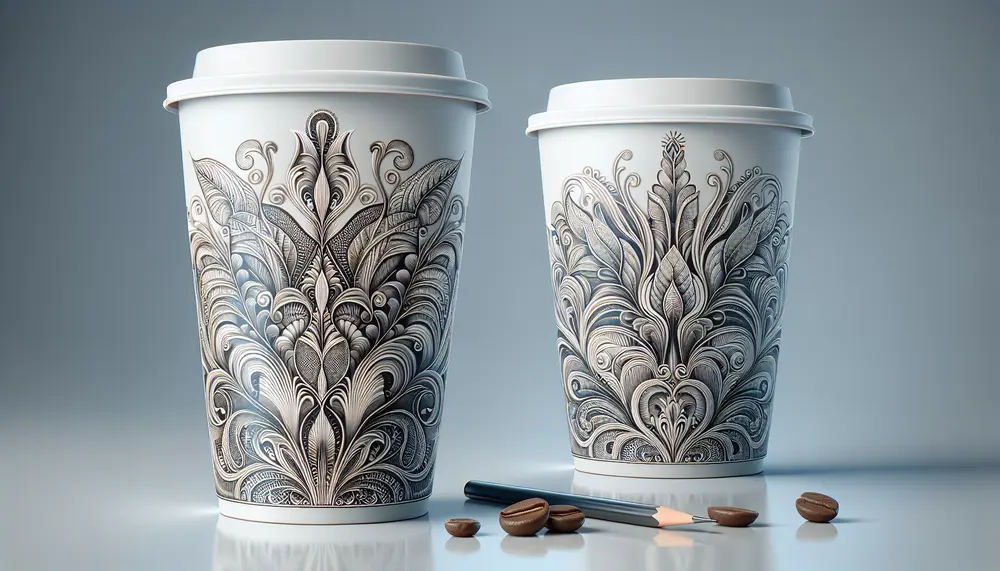Recycled glass
Recycled glass
Recycled Glass in Packaging
Recycled glass is glass that has been collected, processed, and reused to create new glass products. This process helps reduce waste and conserves natural resources.
How Recycled Glass is Made
The process of making recycled glass starts with collecting used glass bottles and jars. These items are then cleaned and sorted by color. The sorted glass is crushed into small pieces called cullet. The cullet is melted and formed into new glass products.
Benefits of Using Recycled Glass
Using recycled glass in packaging has many benefits. It reduces the need for raw materials like sand, soda ash, and limestone. This helps conserve natural resources. Recycled glass also uses less energy to produce compared to new glass. This lowers greenhouse gas emissions and helps fight climate change.
Applications in Packaging
Recycled glass is used in many types of packaging. It is commonly found in bottles and jars for food and beverages. Recycled glass can also be used in cosmetic containers and pharmaceutical packaging. Its durability and safety make it a popular choice.
Environmental Impact
Recycled glass packaging has a positive environmental impact. It reduces landfill waste and conserves natural resources. By using recycled glass, companies can lower their carbon footprint. This makes recycled glass an eco-friendly choice for packaging.
Blog Posts with the term: Recycled glass
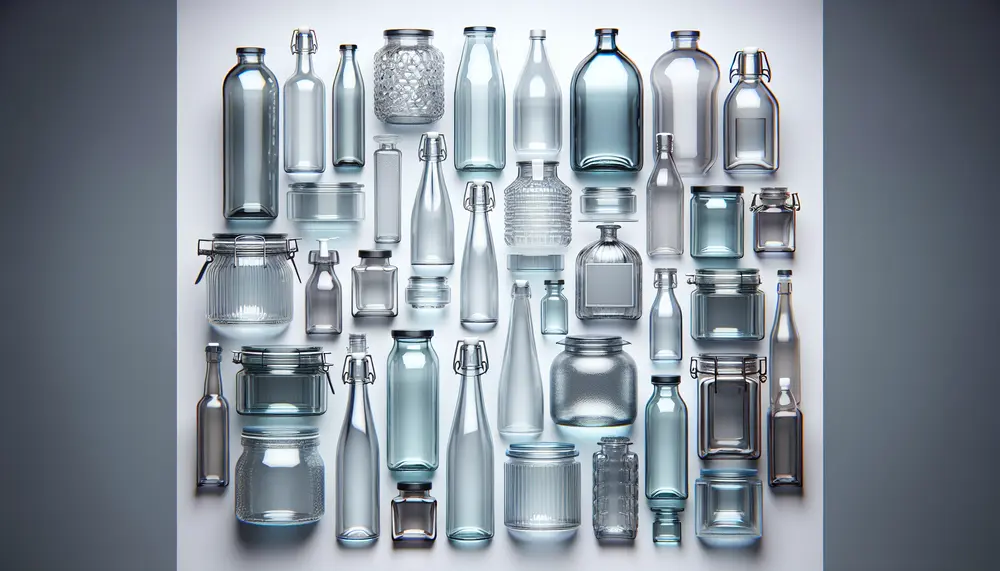
Glass packaging is valued for its durability, inertness, and transparency, ideal for storing various products while being 100% recyclable. Different types of glass like borosilicate and soda-lime are used in packaging due to their unique properties such as thermal resistance...
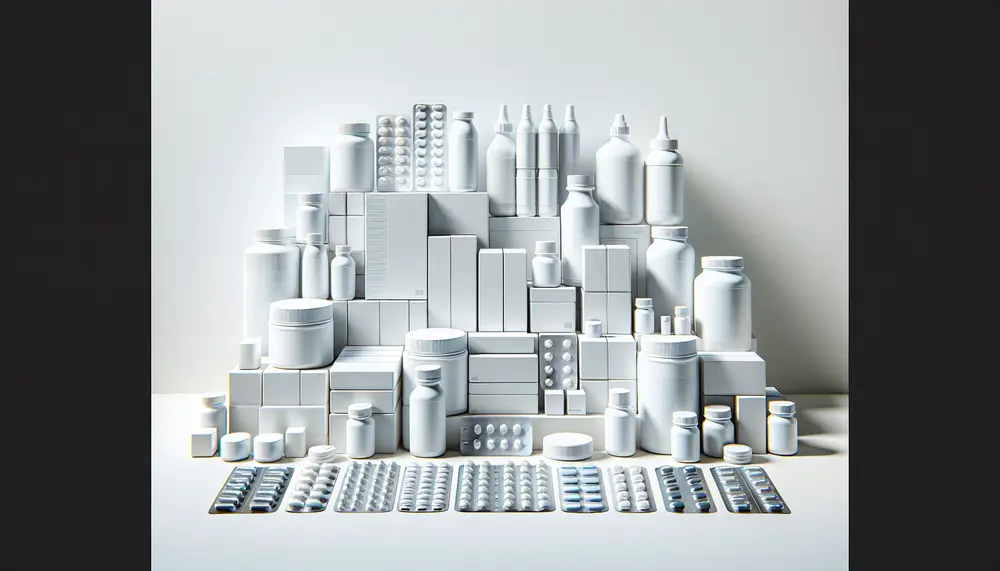
Pharma packaging is vital for safe medication delivery, requiring an understanding of different types and materials to ensure drug integrity, patient safety, compliance with regulations, sustainability practices, and leveraging technological advancements....
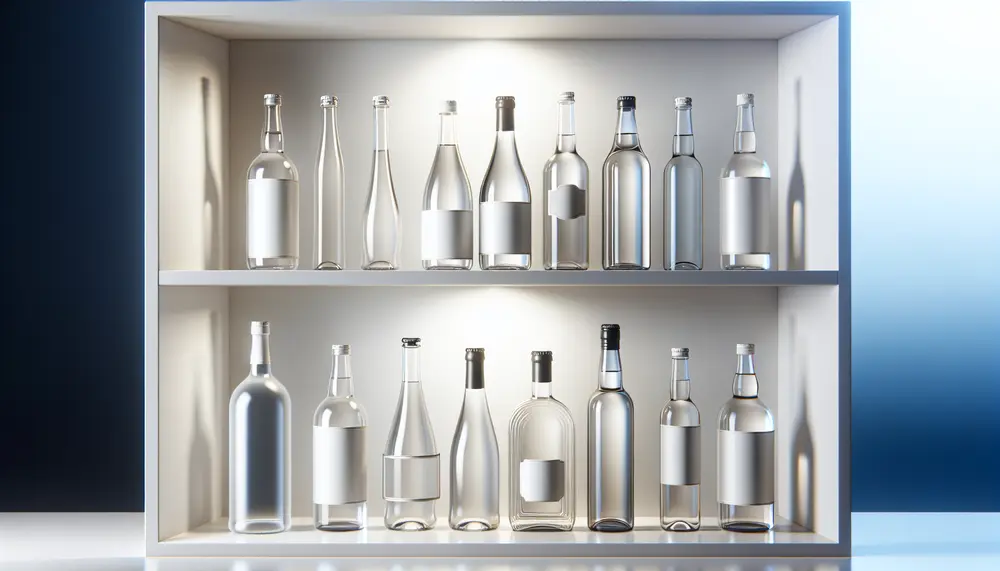
Beverage packaging is a critical aspect of the consumer experience, acting as a gateway to luxury and influencing perceptions through design that combines aesthetics, function, and sustainability. Good design not only attracts attention but also tells a brand's story and...
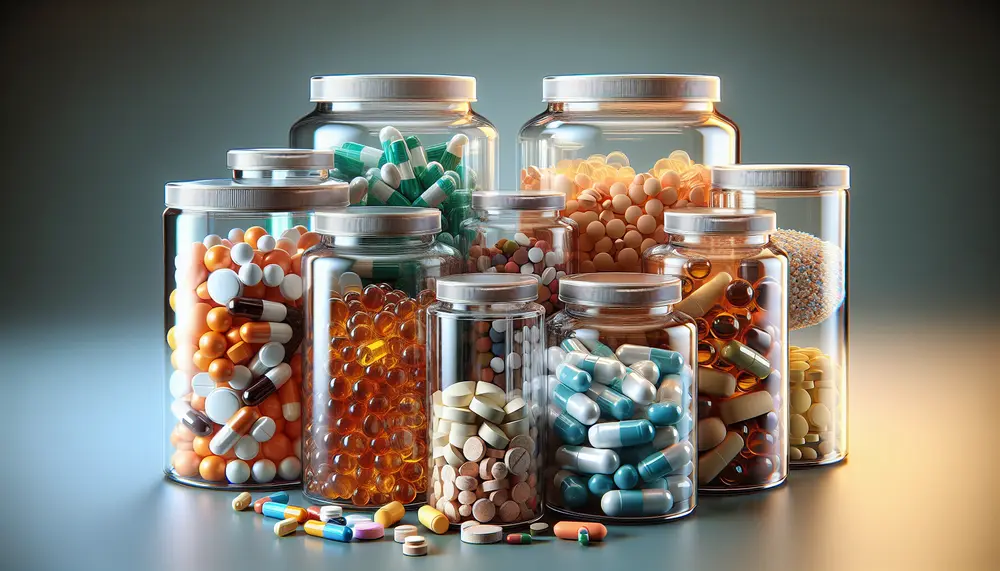
Glass is the preferred material for pharmaceutical packaging due to its chemical inertness, excellent barrier properties against gases and moisture, non-porous surface, recyclability, aesthetic appeal, temperature resistance, and light protection capabilities. These attributes ensure that medications remain pure, stable, effective...
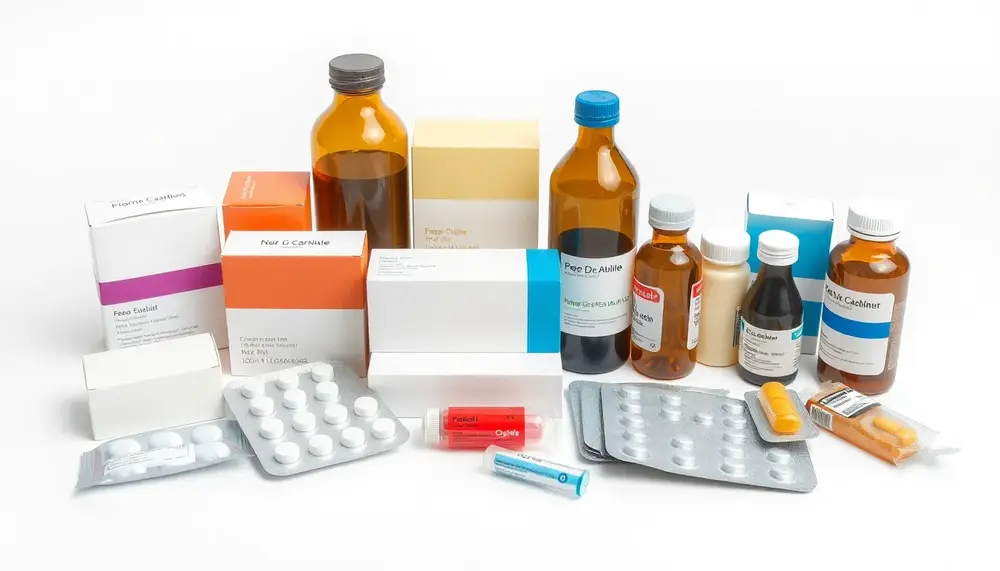
Multiple choice questions (MCQs) are an efficient and versatile tool for testing knowledge in pharmaceutical packaging, covering topics like materials, manufacturing processes, and regulatory standards while offering immediate feedback but may oversimplify complex subjects. They help learners identify areas needing...
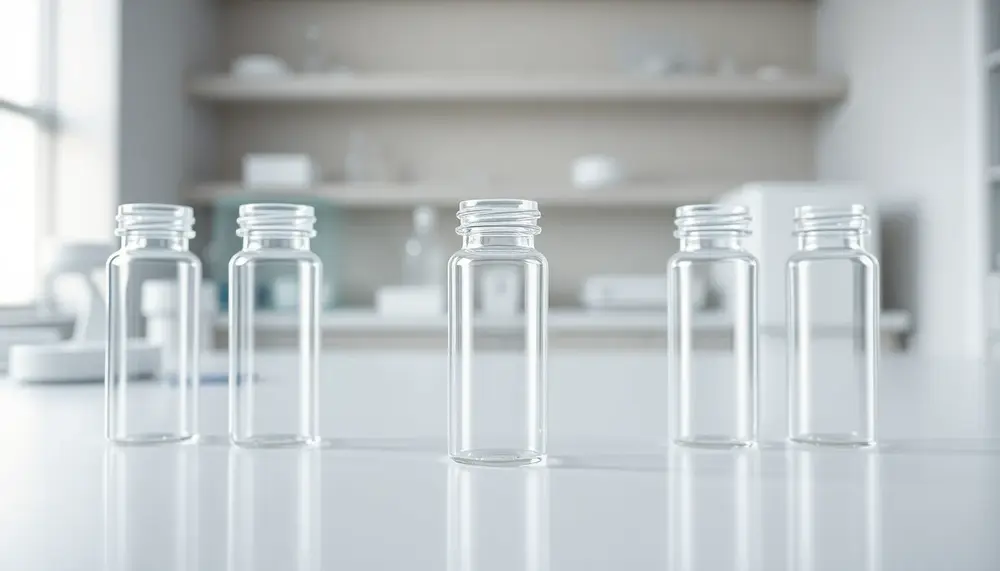
Pharmaceutical glass vials are essential for ensuring drug safety, stability, and purity due to their chemical inertness, thermal resistance, and contamination prevention. Despite being fragile and costly compared to alternatives like plastics, they remain the gold standard in pharmaceutical packaging...

